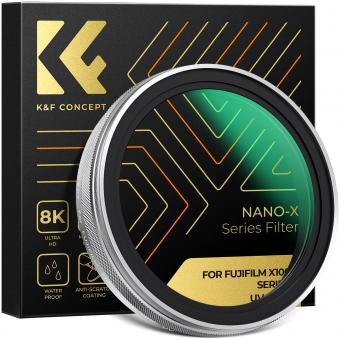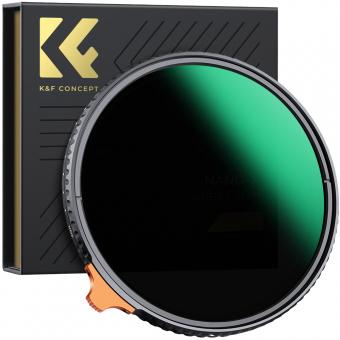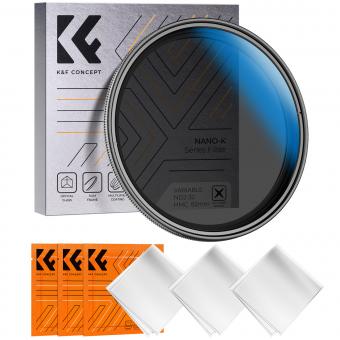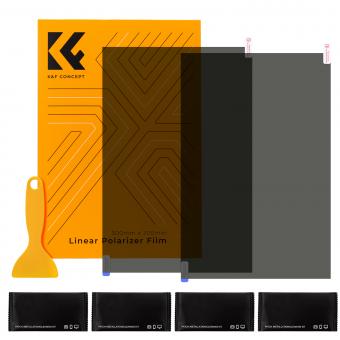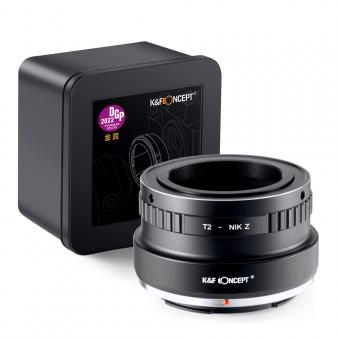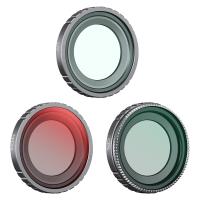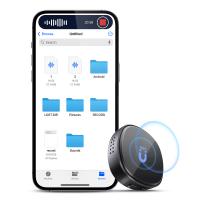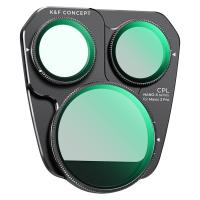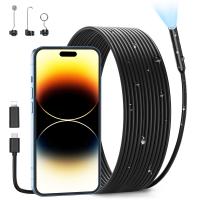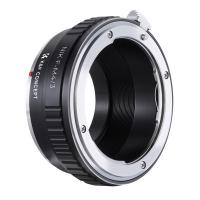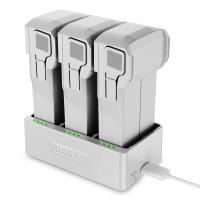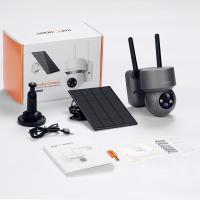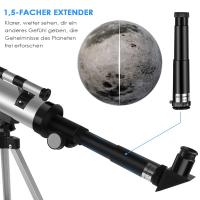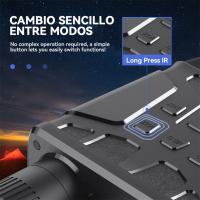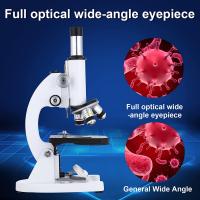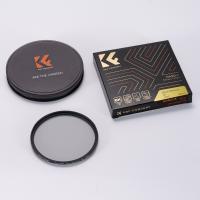Describe How To Sanitize And Disinfect Endoscopes ?
To sanitize and disinfect endoscopes, it is important to follow a thorough and standardized process. First, the endoscope should be carefully disassembled, separating removable parts such as biopsy channels, valves, and caps. These components should be cleaned separately using enzymatic detergent and a soft brush to remove any visible debris.
Next, the endoscope itself should be flushed with water to remove any remaining organic material. It is then immersed in a high-level disinfectant solution, such as glutaraldehyde or peracetic acid, for the recommended contact time. During this step, it is crucial to ensure that the endoscope is completely submerged and that all channels are filled with the disinfectant solution.
After the recommended contact time, the endoscope is rinsed thoroughly with sterile water or an alcohol-based solution to remove any residual disinfectant. The external surfaces should be wiped down with a disinfectant wipe, paying attention to areas that come into contact with patients.
Finally, the endoscope is dried with filtered air or a lint-free cloth and reassembled using sterile techniques. It is important to follow the manufacturer's instructions and any local guidelines or regulations when performing these steps to ensure effective sanitization and disinfection of endoscopes.
1、 Cleaning: Pre-cleaning to remove organic debris from endoscope surfaces.
To sanitize and disinfect endoscopes, a thorough cleaning process is essential. The first step is pre-cleaning, which involves removing organic debris from the endoscope surfaces. This is typically done immediately after the endoscope is used, as dried debris can be more difficult to remove.
During pre-cleaning, the endoscope is flushed with water to remove any visible soil or debris. Then, a detergent solution is used to manually clean the external surfaces of the endoscope, including the insertion tube, control body, and connectors. Soft brushes or sponges can be used to gently scrub the surfaces, ensuring that all areas are reached.
It is important to pay special attention to areas that are prone to contamination, such as the distal end and the channels of the endoscope. These areas should be thoroughly cleaned using appropriate brushes or cleaning devices. The channels should be flushed with detergent solution and brushed to remove any residual debris.
After pre-cleaning, the endoscope should be rinsed with clean water to remove any remaining detergent. It is crucial to ensure that all detergent residues are removed, as they can interfere with the effectiveness of subsequent disinfection.
Following pre-cleaning, the endoscope should undergo high-level disinfection or sterilization, depending on the specific requirements and guidelines of the healthcare facility. High-level disinfection typically involves immersing the endoscope in a disinfectant solution or using an automated endoscope reprocessor (AER) to achieve the desired level of disinfection.
It is important to follow the manufacturer's instructions for the specific disinfectant solution or AER being used, as well as any guidelines provided by regulatory bodies or professional organizations. Regular monitoring of the disinfection process, including testing the efficacy of the disinfectant solution, is also recommended to ensure proper disinfection.
In recent years, there has been an increased focus on the importance of proper drying of endoscopes after disinfection. Moisture left inside the endoscope can promote the growth of microorganisms, leading to potential contamination. Therefore, it is crucial to thoroughly dry the endoscope using forced air or other appropriate drying methods.
In conclusion, the process of sanitizing and disinfecting endoscopes involves pre-cleaning to remove organic debris, followed by high-level disinfection or sterilization. Adhering to manufacturer's instructions, guidelines, and best practices is essential to ensure the effectiveness of the cleaning and disinfection process. Additionally, proper drying of endoscopes after disinfection is crucial to prevent microbial growth.
2、 Manual Cleaning: Thoroughly clean all accessible parts using enzymatic detergent.
To sanitize and disinfect endoscopes, a crucial step is manual cleaning. This process involves thoroughly cleaning all accessible parts using enzymatic detergent. Here is a step-by-step guide on how to effectively sanitize and disinfect endoscopes:
1. Pre-cleaning: Begin by removing any visible debris or organic material from the endoscope. This can be done by rinsing the instrument with water or using a soft brush to gently scrub the surfaces.
2. Enzymatic detergent: Prepare a solution of enzymatic detergent according to the manufacturer's instructions. Immerse the endoscope in the solution, ensuring that all accessible parts are fully submerged.
3. Brushing: Use a soft-bristled brush to clean the external surfaces of the endoscope, including the insertion tube, control knobs, and connectors. Pay special attention to areas that are prone to contamination, such as crevices and joints.
4. Flushing: Flush the endoscope channels with the enzymatic detergent solution. This can be done by attaching a syringe or flushing device to the channels and gently pushing the solution through. Repeat this process several times to ensure thorough cleaning.
5. Soaking: Allow the endoscope to soak in the enzymatic detergent solution for the recommended duration. This allows the detergent to break down any remaining organic material and facilitates the removal of biofilm.
6. Rinse: After soaking, thoroughly rinse the endoscope with clean water to remove any residual detergent. Ensure that all channels are flushed with water to remove any remaining debris.
7. Drying: After rinsing, carefully dry the endoscope using lint-free towels or air-drying. Ensure that all channels are completely dry to prevent the growth of microorganisms.
It is important to note that guidelines and recommendations for endoscope reprocessing may vary depending on the specific manufacturer and regulatory bodies. Therefore, it is essential to follow the instructions provided by the manufacturer and stay updated with the latest guidelines from relevant authorities.
3、 Rinse: Rinse endoscope with clean water to remove detergent residue.
To sanitize and disinfect endoscopes, a thorough and systematic process must be followed to ensure the removal of any potential contaminants. Here is a step-by-step guide on how to properly sanitize and disinfect endoscopes:
1. Pre-cleaning: Start by removing any visible debris or organic material from the endoscope. This can be done by flushing the channels with water or using a soft brush to gently scrub the surfaces. It is important to handle the endoscope with care to avoid any damage.
2. Leak testing: Before proceeding with the cleaning process, perform a leak test to ensure the integrity of the endoscope. This involves submerging the endoscope in water and checking for any air bubbles or leaks. If any leaks are detected, the endoscope should be repaired or replaced.
3. Cleaning: Use a specialized enzymatic detergent solution to clean the endoscope. Follow the manufacturer's instructions for dilution and contact time. Gently brush all accessible surfaces, including the channels, with a soft brush to remove any remaining debris. Pay close attention to areas that are prone to contamination, such as the distal end and the biopsy channel.
4. Rinse: Rinse the endoscope with clean water to remove detergent residue. This step is crucial to prevent any potential adverse reactions or damage to the patient during the next step of disinfection. Ensure that all channels are thoroughly flushed with water to remove any remaining debris or detergent.
5. High-level disinfection: Immerse the endoscope in a high-level disinfectant solution, such as glutaraldehyde or peracetic acid, following the manufacturer's instructions for dilution and contact time. This step effectively kills or inactivates a wide range of microorganisms, including bacteria, viruses, and fungi. It is important to ensure that the endoscope is completely submerged and that all channels are filled with the disinfectant solution.
6. Rinse again: After the recommended contact time, thoroughly rinse the endoscope with sterile water or an alcohol-based solution to remove any residual disinfectant. This step is crucial to prevent any potential harm to the patient during the next use.
7. Drying and storage: Allow the endoscope to air dry in a well-ventilated area or use a forced air drying system. Ensure that the endoscope is completely dry before storing it in a clean and dry environment. Proper storage is essential to prevent the growth of microorganisms and maintain the integrity of the endoscope.
It is important to note that guidelines and recommendations for endoscope reprocessing may vary depending on the country, healthcare facility, and the type of endoscope being used. It is crucial to follow the manufacturer's instructions and consult the latest guidelines from reputable organizations, such as the Centers for Disease Control and Prevention (CDC) or the World Health Organization (WHO), to ensure the most up-to-date and effective practices are being implemented.
4、 Disinfection: Immersion in high-level disinfectant solution for recommended time.
To sanitize and disinfect endoscopes, a multi-step process is followed to ensure thorough cleaning and elimination of any potential pathogens. The process typically involves the following steps:
1. Pre-cleaning: Before disinfection, the endoscope is pre-cleaned to remove any visible debris or organic material. This is done by flushing the channels with water or using a detergent solution. Brushing may also be required to remove stubborn debris.
2. Leak testing: After pre-cleaning, the endoscope is leak tested to ensure there are no leaks or damages that could compromise the disinfection process. This is done by submerging the endoscope in water and applying pressure to check for any leaks.
3. High-level disinfection: Immersion in a high-level disinfectant solution is the most common method used for endoscope disinfection. The endoscope is fully immersed in the disinfectant solution for the recommended time, which can vary depending on the specific disinfectant being used. The solution should be prepared according to the manufacturer's instructions and should have a proven efficacy against a wide range of microorganisms.
4. Rinse and flush: After the recommended disinfection time, the endoscope is thoroughly rinsed with sterile water or an appropriate rinsing solution to remove any residual disinfectant. Flushing the channels with water or an enzymatic cleaner is also necessary to ensure complete removal of any remaining debris or organic material.
5. Drying and storage: Once the endoscope is rinsed, it should be carefully dried using forced air or other validated drying methods. Proper drying is essential to prevent the growth of microorganisms. The endoscope should then be stored in a clean and dry environment, preferably in a dedicated storage cabinet or container.
It is important to note that the latest point of view emphasizes the need for strict adherence to manufacturer's instructions and guidelines for endoscope disinfection. Additionally, there is growing recognition of the importance of regular monitoring and surveillance of endoscope reprocessing to ensure the effectiveness of the disinfection process. This includes periodic testing of the disinfectant solution, as well as regular inspection and maintenance of the endoscope to identify any potential issues that may affect its disinfection efficacy.





